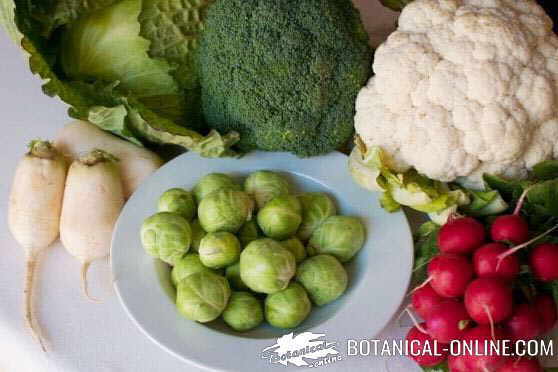History of Acai
Acai (Euterpe oleracea) is a monoecious palm, very common in vegetation of the Amazon rainforest and parts of South America. It is distinguished by their slender and tall stipes (palm stems), that can reach 8 to 25 feet high by 7 to 20 centimeters in diameter.
This palm is very common throughout the Amazon jungle, where it finds an optimal condition for growth in the dense forest canopy, with the regular flooding of the land. It is estimated that this palm has an area of 10,000 square kilometers.
Amazonian people have used it from pre-Columbian times. Its fruit was a prized food, rich in fat. Acai leaves are used for roof rafters of houses, and hats, brooms and baskets. The stipe (stem) of the palm is used for building houses and furniture because it is resistant to pests.
The acai was described as Euterpe oleracea by the German physician and botanist Carl Friedrich Philipp von Martius in 1824.
However, the boom of this fruit became popular in North America when the famous Dr. Nicholas Perricone on the Oprah Winfrey show announced it as a “fantastic food for the beauty that defied aging.” Also promoted it in his books about anti-aging.
Currently acai fruit is used to obtain pulp of acai, acai juice, and dried root decoctions with medicinal properties. Acai seeds are used in crafts and jewelry for making necklaces, earrings, bracelets, etc..
Intensive cultivation of acai has spread within the Brazilian territory, during the years 1980 and 1990. In 1996 they produced more than 86 tones of acai hearts, and in 2000, Brazil sold more than 120,000 tons of acai fruit.
In the industry of acai many families are working in the villages around the Amazon, mainly in Manaus, Belem or Pará. The children and parents reap the fruits of acai, which usually must be transported quickly by boat to the processing acai plant pulp. Women work at dawn (to engage in their homes by the day) for pulping the fruit and eventually freezing acai pulp 11 hours after harvesting, since it is a highly perishable fruit and the process should be fast.
About 12% of the Amazon forest was destroyed between 1970 and 2002 due to deforestation for farming and forest fires.
At present, many environmental groups warn of ecological impacts posed by acai palm farms in virgin forest, most destined for pulping or palm, as they lack a reforestation program later.
Did you know… The Acai palm is a plant of great importance for the Brazilian population, especially in the state of Belem. The Brazilian singer Nilson Chavez described in the song Sabor Açaí, his feelings towards this valuable palm. The song Sabor Açaí has become the anthem of this fruit. |
Legend of Acai
“At one time, hundreds and hundreds of years ago, when food shortages attacked the people of Pará. People did not have enough food to feed all the families, so that the head of the tribe, Itaki, imposed a new law that dictated sacrifice all new babies in the village.
Shortly thereafter, Iaçá, Itaki’s daughter, became pregnant. During pregnancy, TupaIaçáimplored his God to offer his people a food that could save the fruit of her womb. Months passed and a beautiful child was born. As the decree issued, after being nursed, the child was sacrificed, as all newborns so far. Desolate and sadIaçáremained sad ever since, and never regained his smile.
One night, while sleeping, Iaçá thought he heard his daughter crying in the jungle. He woke up and went looking for the origin of those cries until he found the image of his daughter at the foot of a tall palm tree.Iaçácame to her aid, and embraced her. Her image faded…
Iaçá died clinging to that palm tree, smiling and looking upwards, where showy clusters of purple fruits were hanging from.
They picked the fruits and by pressing it a reddish juice was obtained called Acai (“Iaçá” spelled backwards) in memory of the daughter of Itaki “.
| Currently, in Belém, one of the main producers of acai juice, people drink more acai juice than milk: it is estimated a consumption of 200,000 liters of acai juice per day among its population of approximately 1.3 million inhabitants. |
Food products made with Acai
– Acai oil
![]() More information about acai.
More information about acai.








